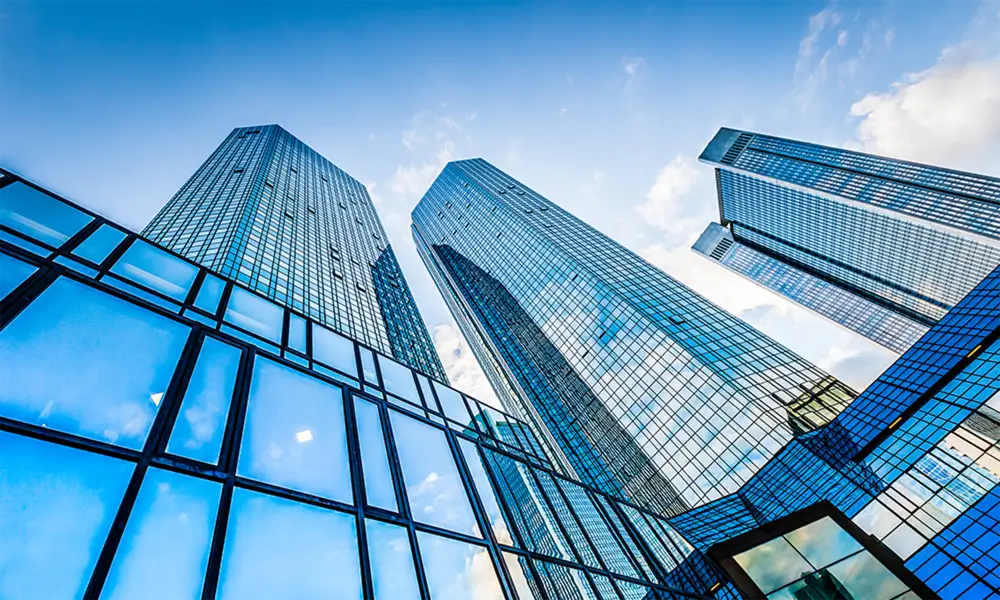

Understanding Tempered Glass Types A Comprehensive Overview
Tempered glass, also known as toughened glass, is a type of safety glass that has been processed by controlled thermal or chemical treatments to increase its strength compared to standard glass. The tempering process involves heating the glass to over 600 degrees Celsius and then rapidly cooling it, creating internal stresses that enhance its durability and resistance to impact. This article delves into the various types of tempered glass, their applications, and benefits.
Types of Tempered Glass
1. Standard Tempered Glass This is the most common type of tempered glass available in the market. It is used in residential and commercial buildings for applications such as windows, doors, and shower enclosures. The key feature of standard tempered glass is its high strength, making it almost four to five times stronger than regular glass. Additionally, if broken, it shatters into small, blunt pieces, reducing the risk of injury.
2. Heat Strengthened Glass While not fully tempered, heat strengthened glass undergoes a similar process but does not experience the same level of thermal shock. This type of glass is stronger than standard glass but less so than tempered glass. It is often used in applications where resistance to thermal stress is essential, such as in buildings with large glass facades or in areas prone to temperature fluctuations.
3. Laminated Tempered Glass This innovative type combines two or more layers of glass, bonded together with an interlayer of polyvinyl butyral (PVB). The result is a product that maintains the benefits of tempered glass while offering superior sound insulation and UV resistance. Laminated tempered glass is commonly used in commercial buildings, skylights, and any structure requiring extra security or noise reduction.
4. Reflective Tempered Glass Often used in high-rise buildings, reflective tempered glass has a metallic coating that reflects sunlight and reduces solar heat gain. This glass type not only provides aesthetic appeal but also enhances energy efficiency by regulating indoor temperatures, making it a popular choice in modern architecture.
5. Low-E Tempered Glass Short for low emissivity, Low-E tempered glass is treated with a microscopically thin coating that reflects heat rather than allowing it to pass through. This feature helps to enhance a building's energy efficiency by keeping interiors cooler in summer and warmer in winter. It is widely used in residential windows and commercial buildings with high energy demands.
Applications of Tempered Glass
Tempered glass finds its way into a myriad of applications across different industries. Here are some notable ones
- Architecture and Construction Used for facades, windows, and partitions, tempered glass not only augments the aesthetic value of buildings but also offers durability and safety. - Automotive Windshields and side windows are often made from tempered glass due to its strength and safety features. In the event of a collision, tempered glass shatters into small pieces, minimizing injury risks.

- Furniture Glass tables, shelves, and cabinetry often utilize tempered glass for both safety and style. Its strength ensures that these items can withstand everyday use without compromising on design.
- Shower Enclosures In the bathroom, tempered glass is the go-to material for shower doors and panels, providing a sleek look while ensuring safety and accessibility.
Benefits of Tempered Glass
Choosing tempered glass over ordinary glass boasts numerous advantages
- Strength As previously mentioned, tempered glass is significantly stronger than regular glass, making it ideal for high-stress environments.
- Safety Its ability to shatter into small pieces decreases the likelihood of injuries in case of breakage.
- Thermal Resistance Tempered glass can resist higher temperatures and thermal variations, making it suitable for various applications.
- UV Protection Many types of tempered glass, particularly Low-E and laminated options, provide protection against harmful UV rays, helping to preserve furniture and reduce skin damage.
- Aesthetic Appeal With its sleek appearance and ability to be treated for various finishes, tempered glass enhances the overall aesthetic of any environment.
In conclusion, tempered glass is a versatile, safe, and aesthetically pleasing option for various applications. Understanding the different types available allows consumers and builders to make informed decisions that prioritize both function and style. As technology continues to evolve, the applications and innovations surrounding tempered glass are likely to expand, providing even more benefits in the future.